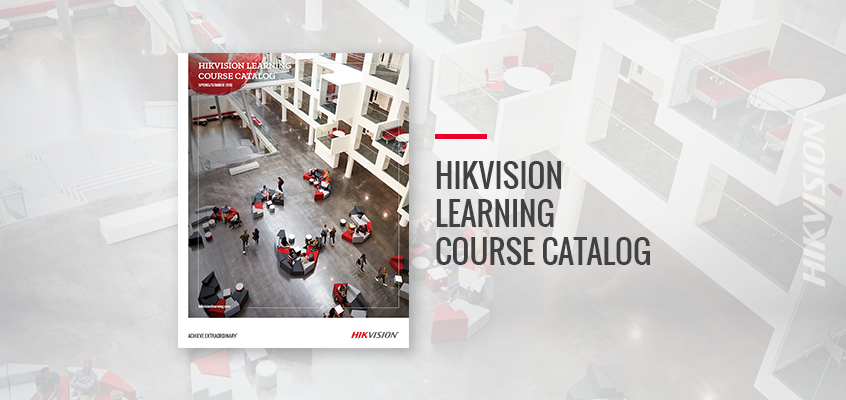Hikvision Learning & Development Group Unveils New Content Catalog Detailing Available Partner Training Courses and Certifications

Hikvision’s Learning & Development group has unveiled a brand new content catalog, available online, that details all training and certification courses available online for dealers, integrators and end users.
“We’re happy to offer the catalog online and available for download so that our partners can easily determine the best Hikvision training and certification courses available from Hikvision’s learning and development portal,” said Jennifer Petty, Hikvision’s learning and development manager. She adds that Hikvision courses are designed to offer practical knowledge to dealers and other partners so they can excel in the security marketplace.
The catalog provides an overview of Hikvision as an organization, its vertical-focused solutions for market sectors such as education, healthcare, retail and critical infrastructure, and its commitment to cybersecurity. Many of the online course offerings are free, such as “Video Analytics Within IP Cameras, NVRs and iVMS” and “Thermal Cameras Concepts and Applications.”
Details of Hikvision’s professional certification programs for sales and technical tracks are also provided in the catalog.
Download the Hikvision learning course catalog in PDF format on the learning and development portal at this link.
